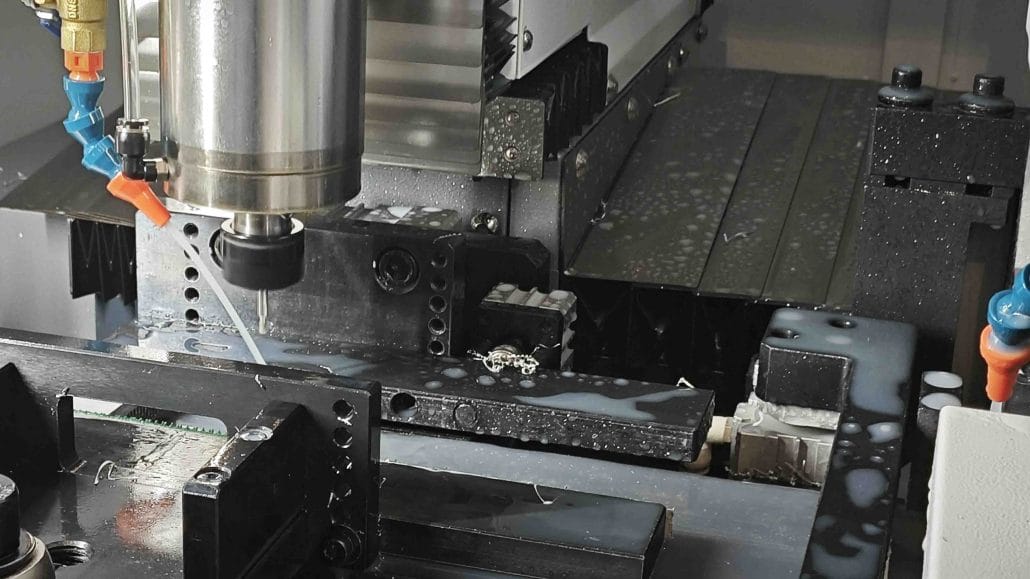CNC machining is a popular manufacturing process that involves the use of computer-controlled machines to create complex and precise parts from a variety of materials. However, the success of this process heavily relies on the accuracy of the initial drawing used to program the CNC machines. Traditionally, two-dimensional (2D) drawings have been used for this purpose, but in recent years, three-dimensional (3D) drawing has emerged as a superior alternative.
3D drawing software has become increasingly popular among designers as it enables the creation of detailed models that can be rotated and viewed from any angle. This software makes it easier to identify potential issues and ensure that the final product is as accurate as possible. 3D drawings are also more detailed and accurate than traditional 2D drawings, which is why many CNC machining companies prefer to receive them.

One of the most significant benefits of using 3D drawing for CNC parts machining is that it allows for the creation of more complex parts with ease. The software can handle intricate designs that would be difficult or impossible to create using traditional 2D drawing methods. Additionally, using 3D drawing can help identify potential design flaws before the manufacturing process begins, which can save time and money in the long run.
Another advantage of using 3D drawing for CNC machining is that it can reduce lead times. By providing accurate and detailed 3D drawings, CNC machines can be programmed quickly and efficiently. This means that parts can be manufactured and delivered faster and with greater accuracy, which is crucial for projects with tight deadlines or complex requirements.
3D drawing also allows for greater customization and precision. With the use of 3D models, designers can visualize how parts will fit together and make necessary adjustments before production. This can help avoid costly mistakes and ensure that the final product meets the desired specifications. Additionally, 3D drawings can be easily modified, which makes it easier to iterate and improve designs throughout the manufacturing process.
In conclusion, if you are considering CNC machining for your manufacturing needs, using 3D drawing is definitely worth considering. It provides several benefits, including the ability to create more complex and detailed parts, reduce lead times, and improve customization and precision. By using this technology, you can ensure greater accuracy, faster lead times, and the ability to create more complex parts. So why not give it a try and see how 3D drawing can improve your CNC machining process?


